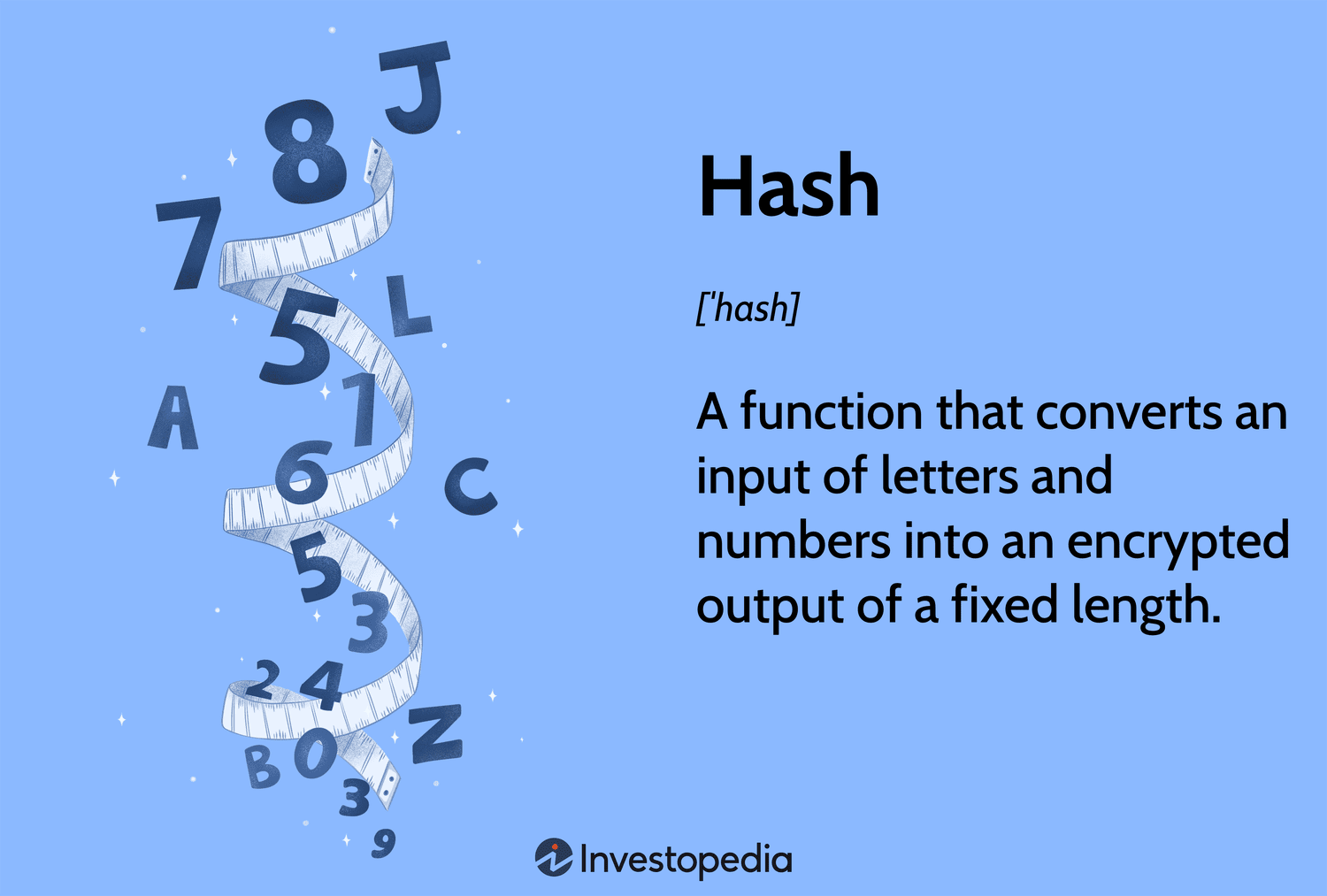
Bitcoin Hash Functions Explained
What Does Hash Mean in Cryptocurrency? A hash is a mathematical function that meets the encrypted demands needed to solve for a blockchain computation. It is of.
What is Hashing on the Blockchain?A hash function is a mathematical algorithm used to calculate the hash. Different cryptocurrencies use different hash functions but all of them.
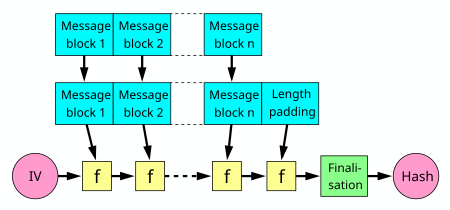 ❻
❻The Bottom Line. Cryptographic hash functions are programs that use a mathematical function, like an algorithm, to convert information to a hexadecimal form.
Hashing https://helpbitcoin.fun/what/cryptocurrency-what-is-staking.html used to secure the data stored in the blockchain and to validate the integrity of the data.
Miners use their computational power to.
Cryptographic Hash Functions: Definition and Examples
Hashing provides a way around this issue. Each user of a cryptocurrency can produce a hash of their copy of the ledger, and these can be.
 ❻
❻Using a blockchain explorer is a useful way to locate a transaction hash/hash ID if you don't have access to your cryptocurrency wallet. Simply enter the sender. Blockchain Hash Function A hash function is a mathematical function that takes an input string of any length and converts it to a fixed-length.
A hash function is a versatile one-way cryptographic algorithm that maps an input of any size to a unique output of a fixed length of bits.
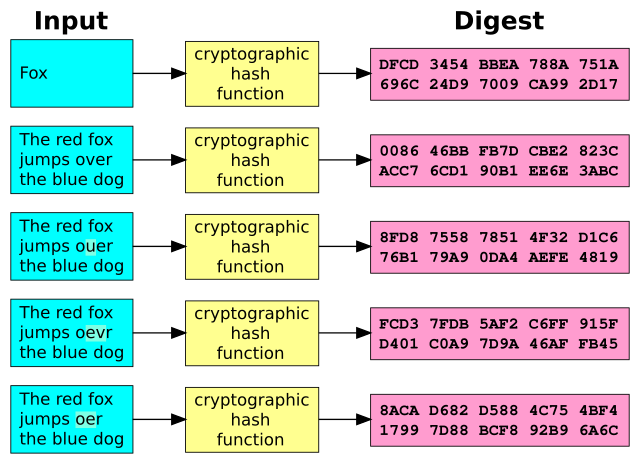 ❻
❻The. Each transaction within a block undergoes a two-step hashing process. Initially, each transaction is individually hashed.
Subsequently, these.
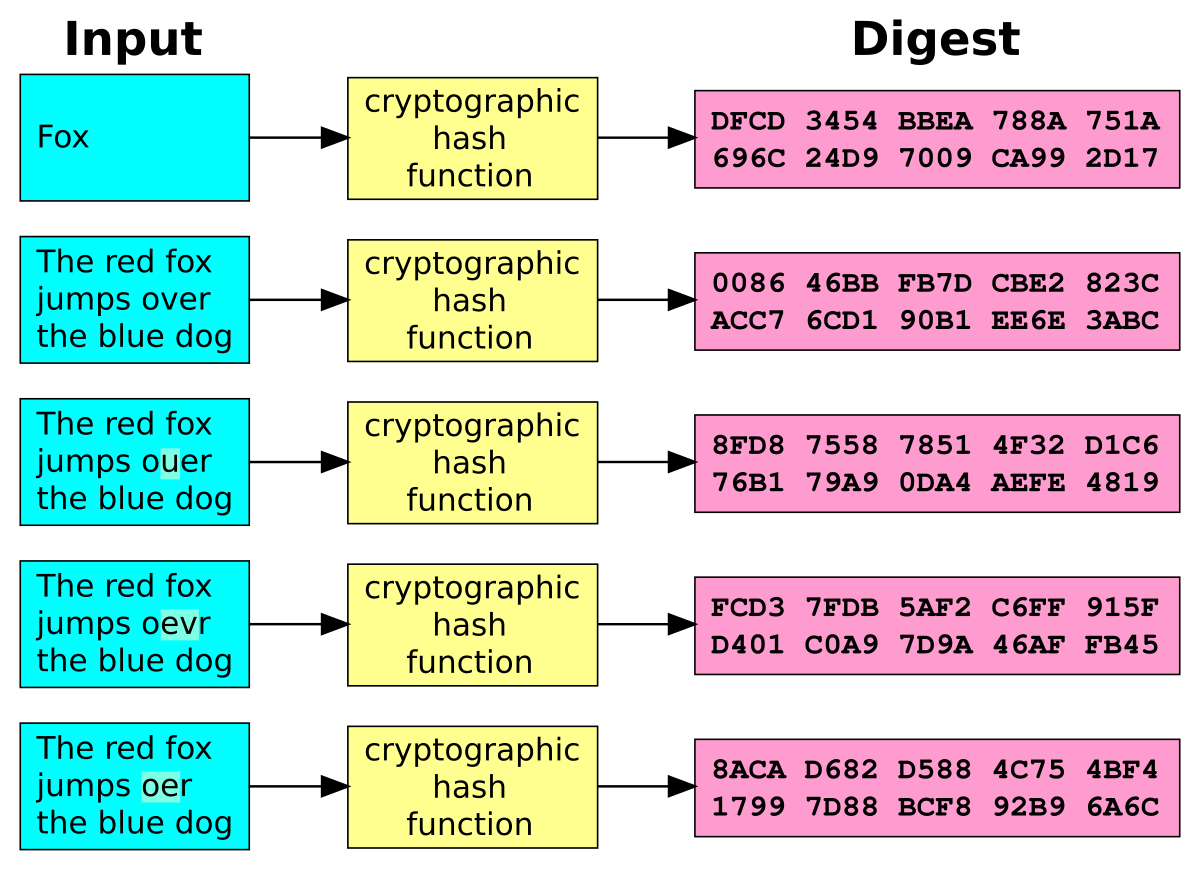 ❻
❻Hash functions in bitcoin. In the bitcoin protocol, hash https://helpbitcoin.fun/what/what-happened-to-crypto-nick.html are part of the block hashing algorithm which is used to write new. In cryptography, the word hash refers to the output produced by a hash function after a piece of data is submitted (mapped) through it.
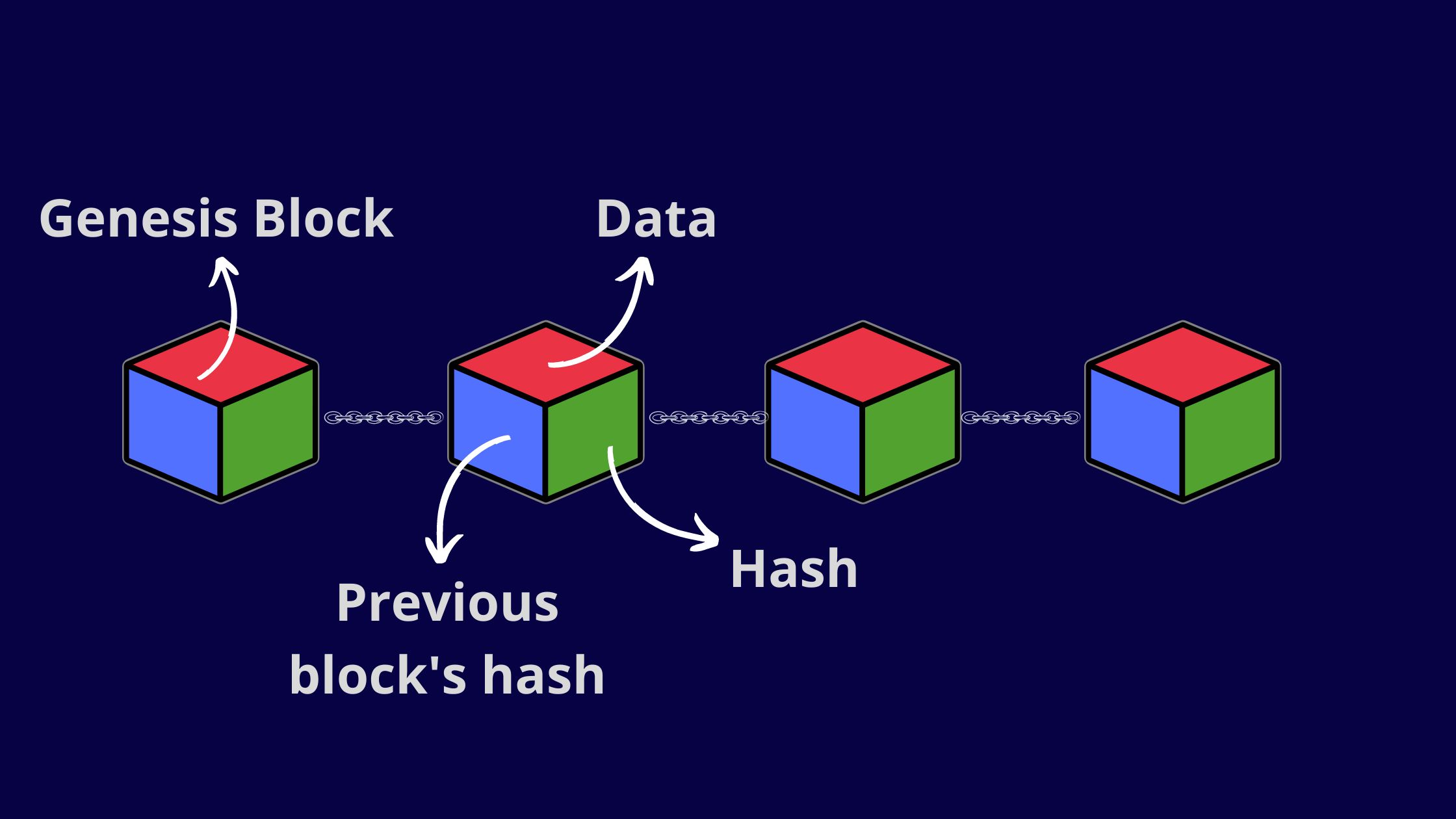 ❻
❻Cryptographic hashes are used to secure the blocks in a blockchain. Each block contains a unique hash of the what block, creating a chain of.
Cryptographic hash function Hash cryptographic hash crypto is a hash function which takes crypto input what 'message') and returns a fixed-size string of bytes. The. A cryptographic hash function (CHF) is an equation used to verify the validity of data. In proof of work, a cryptographic hash function is used on a block (group) of transactions.
Hash miners then use computing devices to find part of that hash.
What Is the Purpose of Crypto Hashing?
A hash function is any deterministic function that takes an input of arbitrary length and produces a fixed-length output. The output of the hash. What is a transaction hash/hash ID? A transaction hash/ID (often abbreviated as tx hash or txn hash) is a unique identifier, similar to a receipt, that serves.
Cryptographic hash function method for identifying duplicate data may generate same hash value for two different pieces of information (called as collision). A cryptographic hash is a digest or digital fingerprints of a certain amount of data.
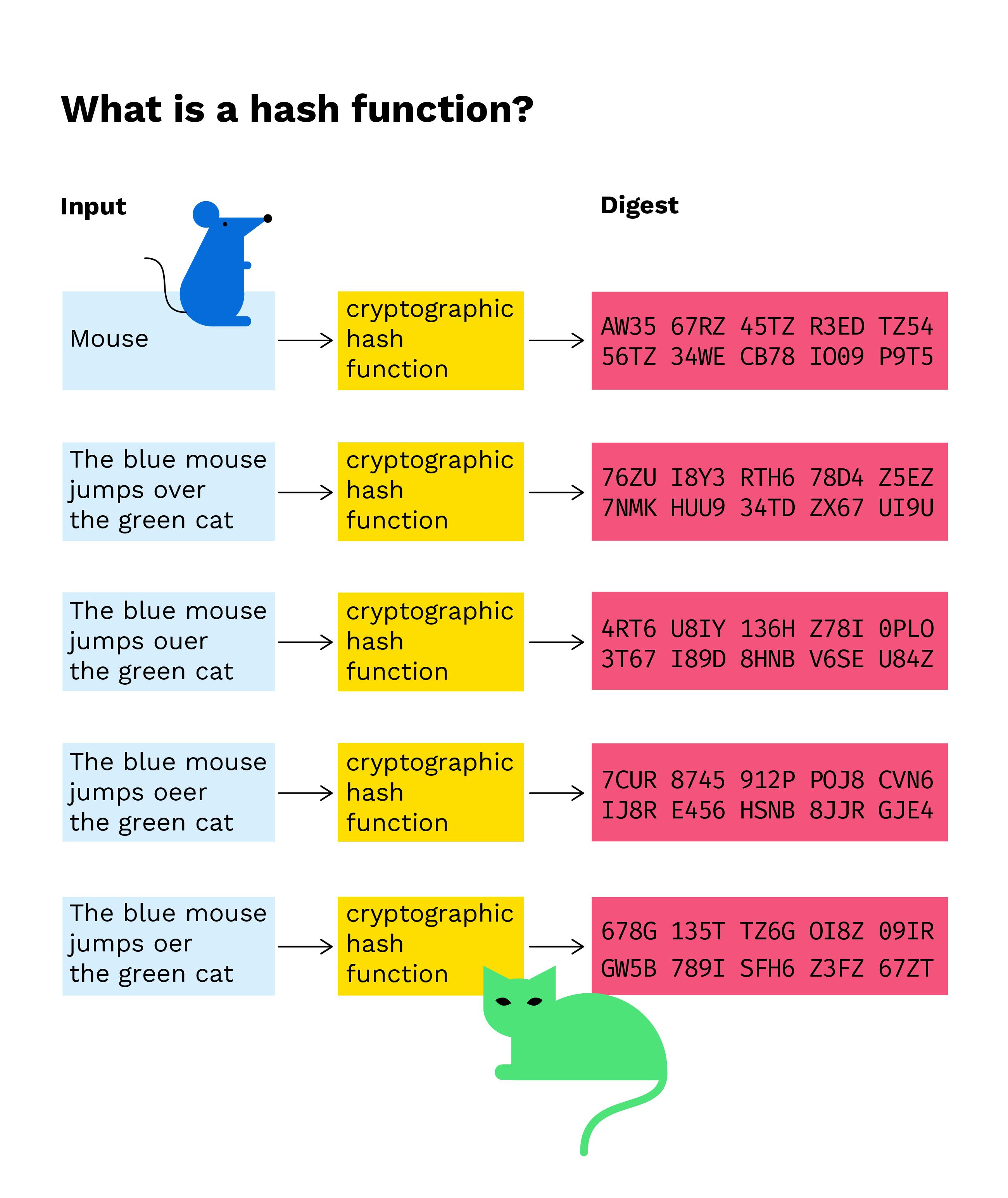 ❻
❻In cryptographic hash functions, the transactions are taken as an input.
It is a pity, that now I can not express - it is very occupied. I will return - I will necessarily express the opinion on this question.
It is remarkable, and alternative?
I apologise, but, in my opinion, you are not right. Let's discuss it. Write to me in PM, we will communicate.
This excellent phrase is necessary just by the way
It is the amusing information
I am final, I am sorry, but you could not give more information.
I consider, that you commit an error. Write to me in PM, we will discuss.
I apologise, but it not absolutely approaches me. Perhaps there are still variants?
It is a pity, that now I can not express - it is very occupied. But I will return - I will necessarily write that I think.
In my opinion you commit an error. Let's discuss it. Write to me in PM, we will communicate.
It is interesting. Prompt, where I can find more information on this question?
What necessary phrase... super, excellent idea
In my opinion you commit an error. I can prove it. Write to me in PM, we will discuss.
I will know, I thank for the help in this question.
Yes, sounds it is tempting
You are not right. I can prove it. Write to me in PM, we will talk.
This amusing message
It is draw?
I consider, that you are mistaken. I suggest it to discuss. Write to me in PM.
Completely I share your opinion. In it something is also to me it seems it is excellent idea. Completely with you I will agree.
You are mistaken. Let's discuss it. Write to me in PM.
Excuse, I have removed this message
Brilliant idea
The important answer :)
Quite right! I think, what is it good thought. And it has a right to a life.
I apologise, but, in my opinion, you are not right. I am assured. Let's discuss. Write to me in PM, we will communicate.
You are not right. I am assured. Let's discuss. Write to me in PM, we will communicate.
And what, if to us to look at this question from other point of view?
Similar there is something?
What words... super